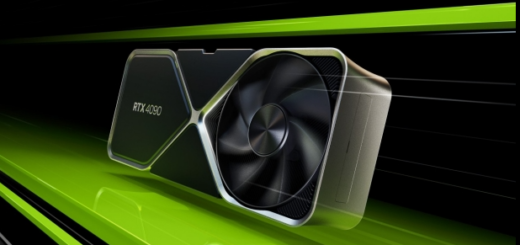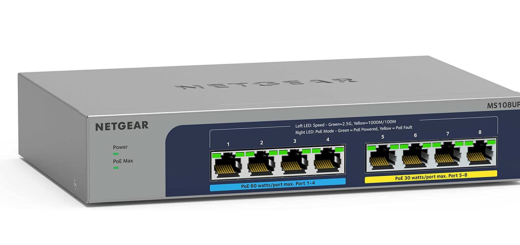AMD vs NVIDIA
Introduction:
When it comes to the world of graphics processing units (GPUs), two names stand out: AMD and NVIDIA. These tech giants have been battling it out for years, constantly pushing the boundaries of graphics performance and innovation. In this comprehensive comparison, we will delve into the key features, performance metrics, and technological advancements of both AMD and NVIDIA GPUs. Join us as we explore the AMD vs. NVIDIA showdown to help you make an informed decision when it comes to choosing the perfect GPU for your needs.
AMD: Performance Powerhouses
AMD’s GPUs, such as the Radeon RX series, are known for their competitive pricing, making them an attractive choice for budget-conscious consumers. While they may not match the absolute top-tier performance of NVIDIA’s flagship GPUs, AMD offers excellent price-to-performance ratios across their product range. If you’re looking to get the most bang for your buck without sacrificing decent gaming and computing performance, AMD GPUs are a solid option.
Technological Advancements:
AMD has made significant strides in recent years, focusing on delivering exceptional performance per watt, making their GPUs more energy-efficient and environmentally friendly. By optimizing power consumption and performance, AMD strikes a balance that benefits both users and the planet. If you prioritize power efficiency and want to reduce your carbon footprint without compromising on performance, AMD GPUs should be on your radar.
Software and Driver Support:
AMD has significantly improved their software and driver support in recent years, providing regular updates to improve performance and compatibility. While they may not have the same level of established reputation as NVIDIA in terms of drivers, AMD continues to make notable strides in this area. With a growing user base and an increasingly stable driver ecosystem, AMD ensures a smoother gaming and computing experience with each update.
NVIDIA:
Performance Powerhouses
NVIDIA’s GPUs, including the GeForce RTX series, are renowned for their exceptional performance and cutting-edge technologies. If you demand top-tier performance for high-resolution gaming, content creation, or professional workloads, NVIDIA GPUs deliver unparalleled power. They excel in areas such as ray tracing, allowing for realistic lighting and reflections, and boast higher frame rates for smooth and immersive gaming experiences.
Technological Advancements:
NVIDIA’s RTX series introduced real-time ray tracing, a groundbreaking technique that revolutionized graphics rendering by accurately simulating the behavior of light. This technology significantly enhances visual fidelity and realism in supported games and applications. If you crave the absolute best visual experience and want to stay at the forefront of graphics technology, NVIDIA GPUs with real-time ray tracing are the way to go.
Software and Driver Support:
NVIDIA has a longstanding reputation for providing robust and stable drivers, ensuring a smooth gaming and computing experience. Their GeForce Experience software offers features like game optimization, recording, and streaming capabilities. NVIDIA’s established driver ecosystem and software support make it a reliable choice for gamers and professionals who value stability and a seamless user experience.
Conclusion:
The AMD vs. NVIDIA battle is an ongoing saga in the GPU market, with both companies constantly striving for supremacy. AMD excels in offering competitive pricing, energy-efficient solutions, and compelling software advancements. NVIDIA, on the other hand, dominates the high-performance segment, delivering cutting-edge technologies and specialized features that push the boundaries of graphics rendering. Ultimately, the choice between AMD and NVIDIA depends on your specific requirements, budget, and the type of experience you seek from your GPU. Whether you prioritize raw performance, value for money, or unique features, both AMD and NVIDIA have a range of options to cater to your needs.



